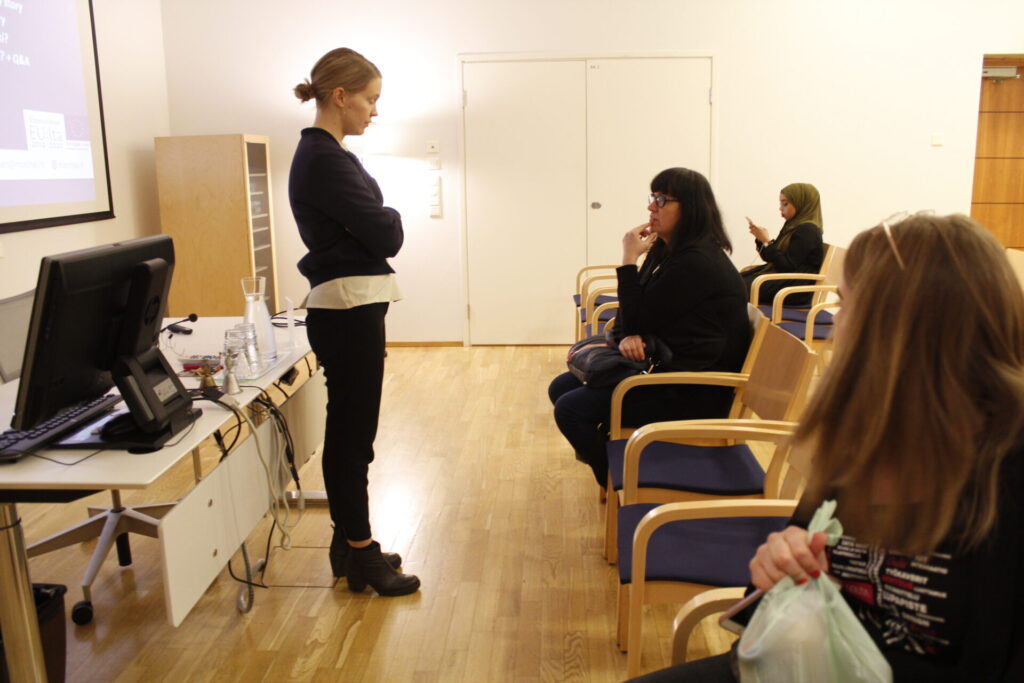How to give effective feedback


We can’t improve if we don’t know what we are doing wrong. On the other hand, feedback is often used as a means of pressure, internal politicking, and power struggles.
On top of it, there is lots of ambiguity on how to actually measure performance. Managers will be given a list of generic guidelines or just asked to give a “performance mark” without explaining on a deeper level what really consists of “good performance” and how our own biases affect it. Let’s dig deeper into how can we improve this.
WHY?
We primarily give feedback to improve individual performance although feedback is much more than that. It is an opportunity to trully understand employee needs, concerns, and aspirations. Rather than approaching it as a list of things that should be improved, I like to approach it with the question “What can we do to make your work more rewarding”. In my experience, most employees don’t underperform on purpose. Finding out why their performance lacks in certain aspects is more important and way more efficient than just passing on the information. Motivated, supported, and engaged employees do better work.
WHO?
Feedback can’t go only top down. If we want to nurture an environment of continuous improvement and psychological safety, we have to implement mechanisms that would allow feedback to flow upwards and sideways. This includes creating safe spaces for people receiving feedback to share their thoughts on it and frame the feedback as a two-way open conversation. We should strive to create a dialogue, not a monologue where manager talks down to employee.
HOW?
If feedback is not delivered constructively and appropriately, it will cause more harm than good. I could write an essay about this (maybe I will!) but make sure that your feedback is coming from the angle of “How can I support another person” and “What can we learn from this”. Make sure that is specific, with detailed examples, rather than generic, on the lines of something like “communication could be improved”. Then, deliver it in a way that that person would like to hear it.
WHEN?
Feedback needs to be timely. Giving feedback once in six months or once in a quarter it’s too late and only makes people dread performance review meetings. There is a good chance that if you start to talk about an event that happened few months ago, people might not even remember it. If someone does a stellar job or you notice that they could improve on something, speak as soon as possible. Which brings me to the next part
WHERE?
The prevalent method is to give positive feedback publicly and negative privately. Unfortunately, I’ve seen too many times this being reversed. All feedback is needed. Public positive feedback can boost morale and give confidence. But there are also employees who dread being singled out in any way, even positive.
On the other hand, giving negative feedback to someone in the middle of a customer presentation or all-hands meeting is never a good idea. Use common sense and always remember that the bottom line of the feedback is to improve, not to judge or punish
How is feedback handled in your company?
Nikolina Finska is a seasoned leader, with two decade of experience. She is available for consulting and workshops in empathic leadership, company culture and operations for aligned organizations. For availability and prices please send an inquiry to info@nikolinawork.com


